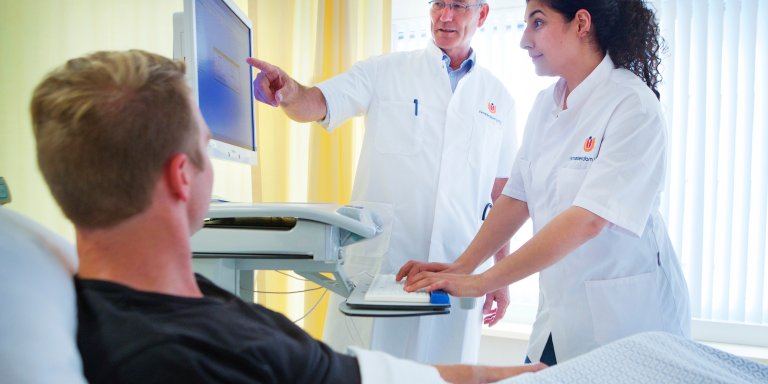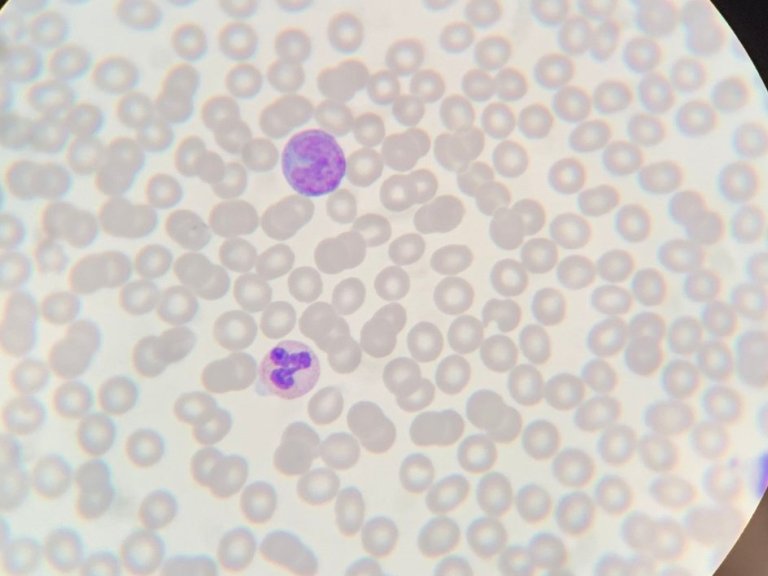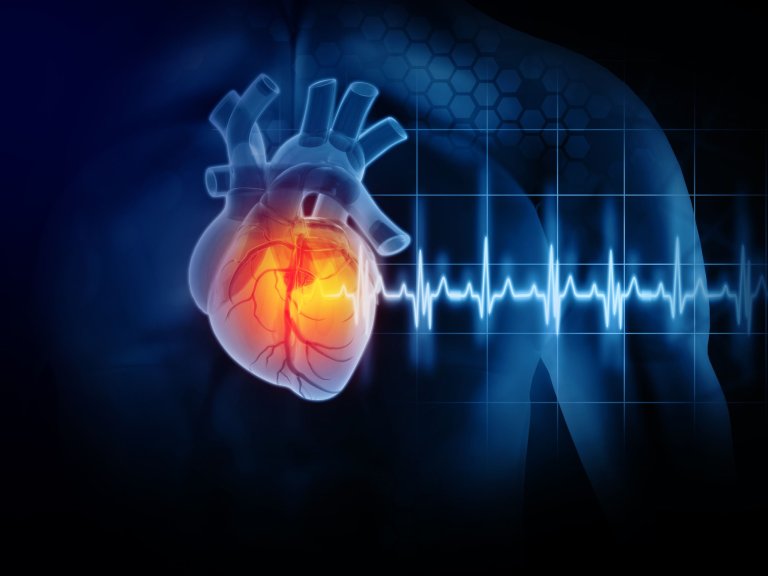The signing ceremony took place in downtown Amsterdam, in a fitting location overflowing with Dutch medical history: the 17th century Anatomy Theater in a traditional weighing house called De Waag.
Following an intensive multi-year planning process, the two Amsterdam academic hospitals are working together as of this moment under a collective name: Amsterdam UMC. This enables both Amsterdam university medical centers to further develop their core business together: complex patient care, scientific research, and education & training. Amsterdam UMC kickstarts a gradual process of continuous integration. Initially, this will be most visible in two sectors: patient care and scientific research.
Management
From a legal perspective, AMC and VUmc will remain separate entities. The university medical centers will retain their own employee agreements and supplier contracts. Contracts with banks and insurance companies will also be agreed by the medical centers separately, and both hospitals will draw up their own financial statements. Each university medical center will retain its own Board of Directors after the administrative merger, but the same five people will take their seat in both boards: Hans Romijn, Wouter Bos, Frida van den Maagdenberg, Chris Polman and Mark Kramer. Hans Romijn remains chairman of the Board of Directors of AMC and becomes vice-chairman at VUmc, Wouter Bos remains chairman of the Board of Directors of VUmc and is also appointed vice-chairman at AMC. In the separate Supervisory Boards, the same seven people will also take their seats; both boards will be chaired by Wim Kuijken.
Patient care
The thinking behind the merger is that Amsterdam UMC will attain an even higher quality of patient care for present and future generations. This will be achieved by clustering specific patient groups in one of the two locations. This enables Amsterdam UMC to safeguard sustainable access to complex patient care. Initial transitions in available patient care are expected to be visible later this year. Paediatric Intensive Care is expected to be the first department to make the transition. This care will be transferred to the AMC location. Further concentration of patient care will also be pursued at both sites as part of a gradual process over a good number of years.
Scientific research
Amsterdam UMC is already home to eight integrated research institutes (visit amsterdamresearch.org). By joining forces, these research institutes can organize their scientific research more efficiently and they can become a more attractive partner for large-scale, international and multi-year study all over the world. This is an interesting development for students and researchers, both within and outside the country.
Education & training
The separate medical degree courses will co-exist as they are linked to Amsterdam’s two universities: the University of Amsterdam and the VU University of Amsterdam. The three-year bachelor programs will remain totally separate. The master programs for student interns – the junior doctor phase – will be adapted in the course of time; once medical specializations are concentrated at one of the two locations, the intern program in question for both degree courses will only be offered at that location.




